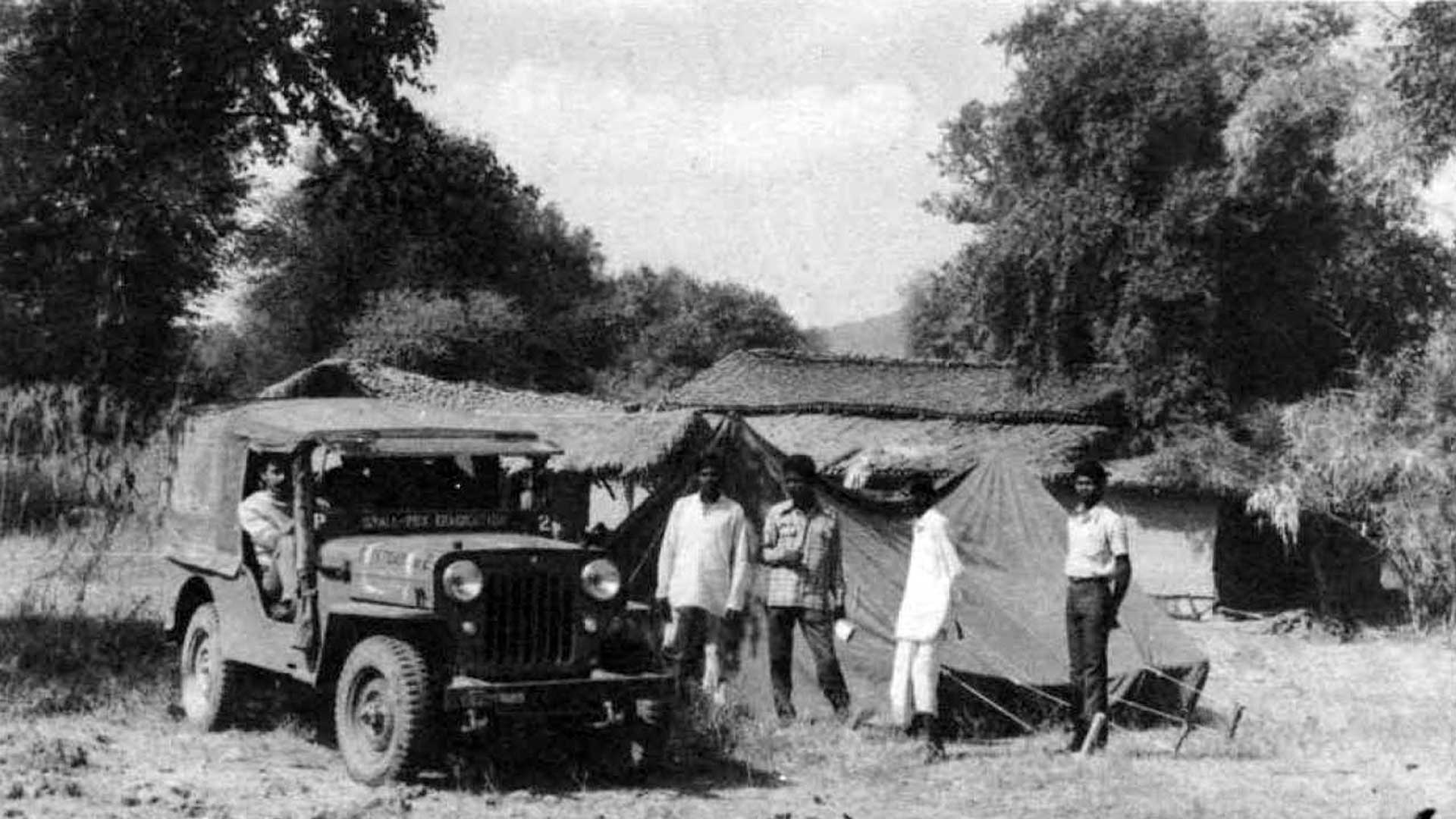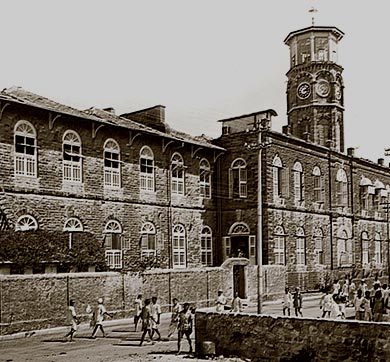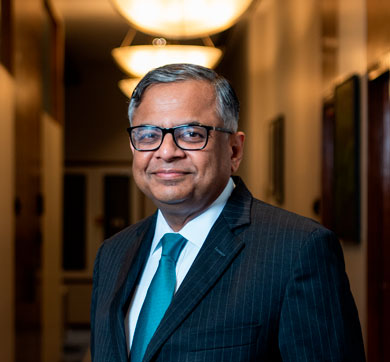July 2020 | 1,011 words | 4-minute read
From the beginning, Jamsetji Nusserwanji Tata envisioned a business that would work for the betterment of his country and his countrymen. It is this abiding Tata ethos that the Tata group exemplifies — working harmoniously to put India first all the time, and even today as the world grapples with the Covid-19 pandemic.
Jamsetji, who saw the bubonic plague epidemic of 1896 wreak havoc in Mumbai (then Bombay), was resolute and courageous in applying his leadership qualities to mitigate the epidemic’s devastating impact.
Inspiring leader
In early 1896, workers began discovering dead rats in the grain godowns near Mandvi docks, off the Gateway of India. Day by day their numbers kept increasing. The situation took a worrisome turn when workers ferrying produce to and from godowns began dying; these fatalities were closely followed by the deaths of grain merchants who handled the produce. By October that year, it was clear that an epidemic of bubonic plague had struck Mumbai.
By February, the mortality figures had reached 1,900 per week, with two out of every 10 persons infected dying of the disease. By 1899, the weekly mortality rate had exceeded 2,800. The plague devastated the city; many thousands fled and work in the markets, docks and mills came to a standstill. In 1898, the death toll exceeded 18,000 with a mortality rate of 91 percent.
In those turbulent times, Jamsetji focused his energies on curbing the epidemic’s spread. Towards this, he recognised the efforts of a young Ukrainian doctor Professor Waldemar Haffkine who, at the government’s behest, had embarked upon developing a vaccine. In January 1897, Haffkine — working in a makeshift laboratory in a corridor of Mumbai’s Grant Medical College — came out with a vaccine that was fit for human trial, despite many mistrusting the professor’s efforts. Jamsetji became one of the professor’s ardent supporters, getting himself inoculated more than once.
He also set an example by getting his family, his personal staff and his friends inoculated. To dispel the fears of superstitious members, Jamsetji even enrolled as a ‘justice of the peace’, accompanying the squads of soldiers, police and medical teams that went out to fight the epidemic and allay the public’s fears.
After four terrible years, the severe measures taken to fight the plague slowly began to take effect, although it took two decades to completely wipe out the menace.
Interestingly, some sources aver that one of the reasons Jamsetji Tata decided to build the iconic Taj Mahal Palace, which opened in 1903, was to resurrect the city’s image.
Two Tata companies show the way
In 1974, smallpox ravaged India, especially the states of Bihar, Orissa and West Bengal. Tens of thousands of people were infected by this contagious disease, leaving many blinded, crippled or disfigured for life. Although the English physician Edward Jenner had discovered the smallpox vaccine in 1796, it was introduced to India only a century later.
To combat the rather alarming incidence of smallpox in Jamshedpur (then a part of Bihar) and its surrounding areas, a central organisation was formed under the advice of WHO experts. Two Tata companies — TELCO (now Tata Motors) and TISCO (now Tata Steel) — played a prominent role in the containment campaign.
TELCO’s main aim was to comb Jamshedpur and its vicinity for smallpox cases in order to carry out the vaccination programme effectively. Two teams were formed: one targeting suburban areas and the other TELCO town; the teams searched every household in the area. A publicity van preceded the team’s arrival, to explain to the locals, in their native language, the visit’s purpose. A jet gun, providing 500-700 shots in an hour, was used as a fast way to deliver the vaccination. Against all odds, the team of volunteers worked round the clock. According to Dr Erin Broacha who helmed the operations, “At the end of this period, no one cried because they had no shoes, for they saw so many who had no feet.”
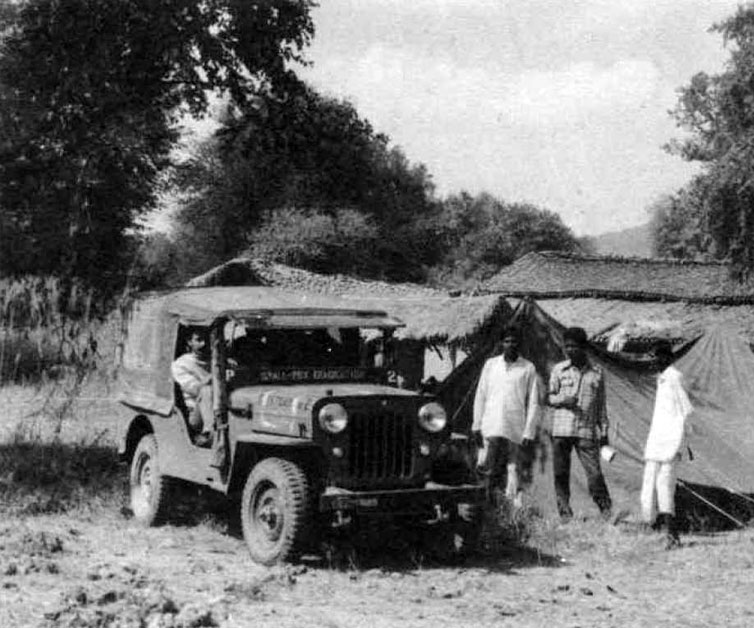
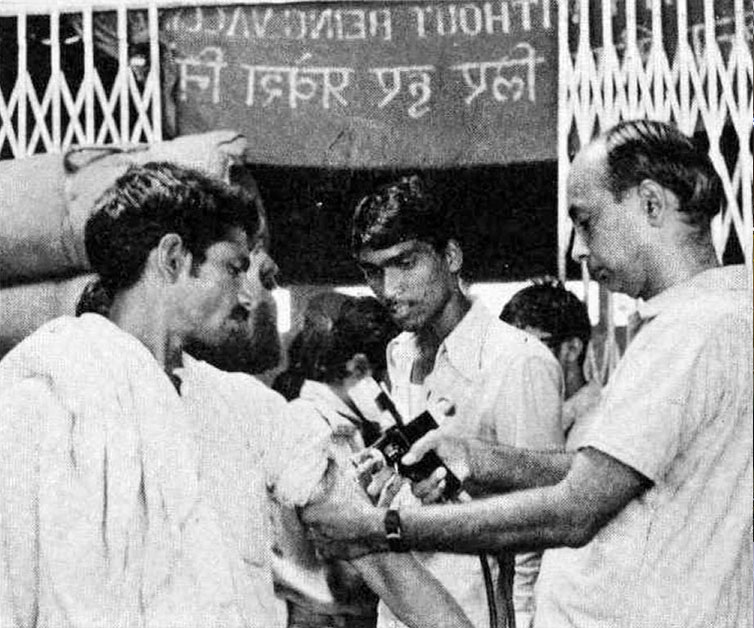
To contain the outbreak in TISCO’s areas of Jamshedpur, a WHO team headed by Dr Larry Brilliant, a WHO medical officer, took the company’s help to contain the epidemic in their surrounds of Jamshedpur. Within 72 hours, 50 doctors, 200 paramedical staff, 600-800 searchers-cum-vaccinators, 50 vehicles and other facilities were mobilised; approximately 400 outbreaks in a 40km radius were detected and containment measures initiated in a fortnight. This was in April, and by June 15, 1974, the area was declared under control.
Subsequently, the Tatas provided a sum of Rs 43 lakh to eradicate smallpox in the Chhotanagpur division.
However, the operation was fraught with tense moments. Once a medical team did not report to the base location for two days. Tata Steel then sent its plane for an aerial surveillance to search for them in the nearby jungles.
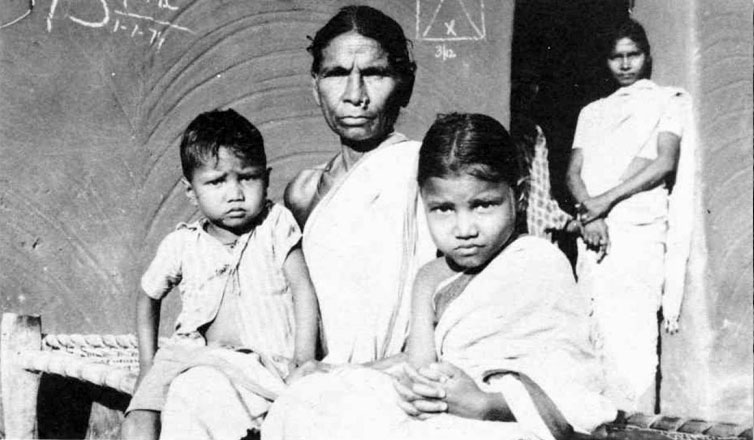
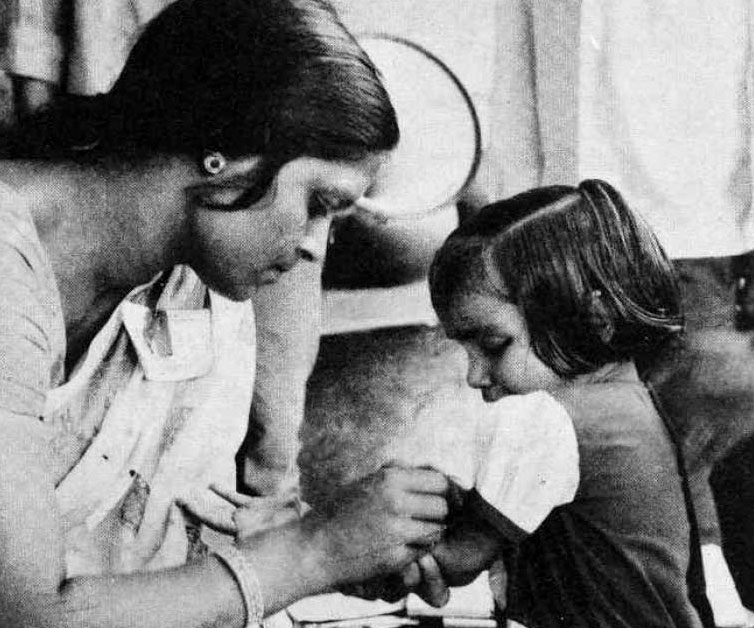
Research in tropical diseases
The Indian Institute of Science (IISc) in Bengaluru, the brainchild of Jamsetji Tata, was opened in 1911, under the leadership of his son Sir Dorabji Tata. In 1912, Sir Dorabji proposed to the institute’s director to start a school for tropical diseases, along with a similar request to the Royal Society of London. However, both the organisations failed to carry the proposal to fruition then.
Finally in 1997, following the resurgence of malaria and tuberculosis, Sir Dorabji Tata Trust sanctioned a grant of Rs 5 crore to the IISc to set up the Sir Dorabji Tata Centre for Tropical and Emerging Tropical Diseases.
—Esther Cabral




